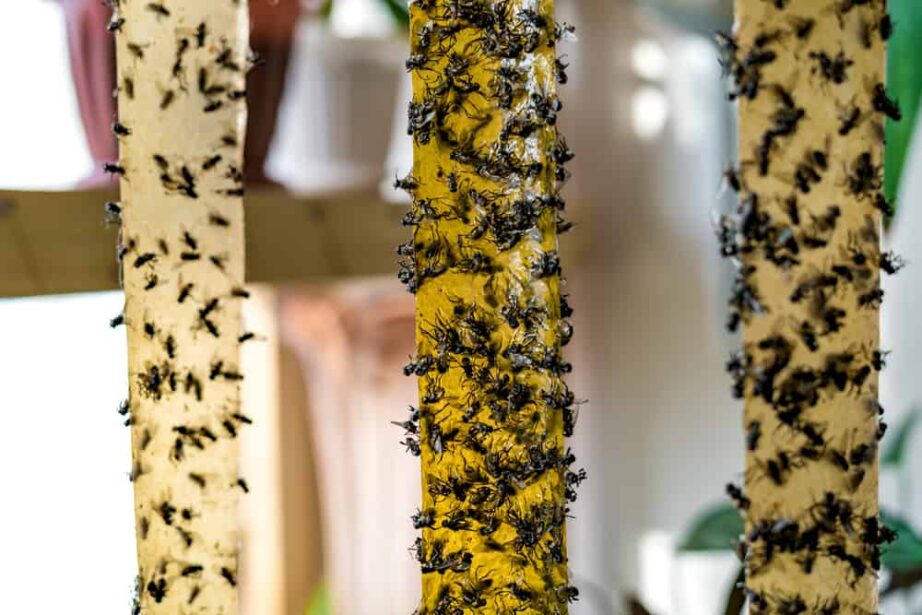The list goes on and on – and when it comes to pests in the garden, it sometimes seems as if there is no easy solution. You want to get rid of the pests that are wreaking havoc on your plants, yet most store-bought solutions are expensive and potentially hazardous to your health.
The good news is that there are so many ways to keep pests out of your garden, and pest control is certainly not a one-size-fits-all endeavor! One thing you can do is to make your own traps that use natural ingredients.
These homemade pest traps will help you get rid of pesky ants, flies, gnats, and other insects without having to worry about chemicals harming your plants – or even more importantly, your health.

How Do Natural Pest Traps Work?
If you’re sick of constantly scanning the garden for pests and are always on the lookout for
signs of new insect damage, it might be time to rethink your pest control strategy. Enter – all-natural pest traps.
It can be tough to garden organically, particularly when shunning the use of chemicals is of utmost importance to you. That’s where natural pest traps come in handy. They will do all the work for you while you simply sit back and enjoy all the benefits of your organic garden.
There are a few types of pest traps you can make, each of which relies on a different strategy to lure and then kill (or simply deter) pests.
The first type is an attractant-type pest trap. These lure pests in using light, food, shape, color, or smell. Certain types of insects are attracted to certain stimuli. A moth trap might lure various species of moths into the traps by using mating pheromones, while a stink bug might be attracted to a dark cylindrical trap that looks like a tree trunk.
Controlling pests naturally in your garden will come down to understanding what makes your garden plants so attractive to certain types of pests. Below, I’ll give you some ideas on how you can make natural pest traps to target specific kinds of insect nuisances.
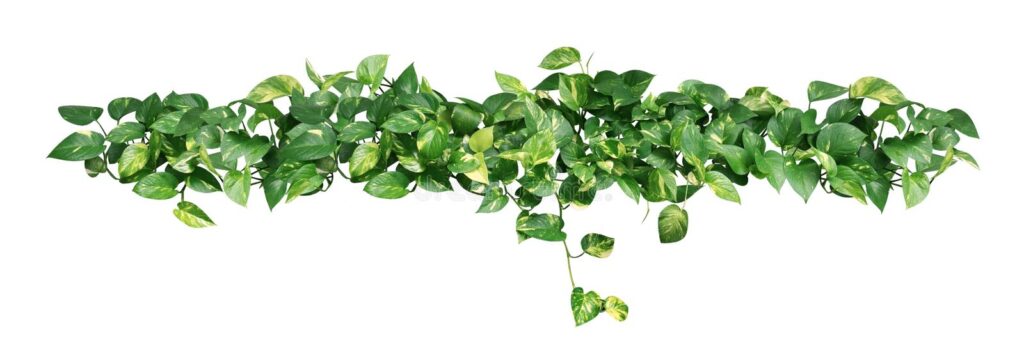
10 Natural Pest Traps To Make
1. Fruit Fly Pest Trap
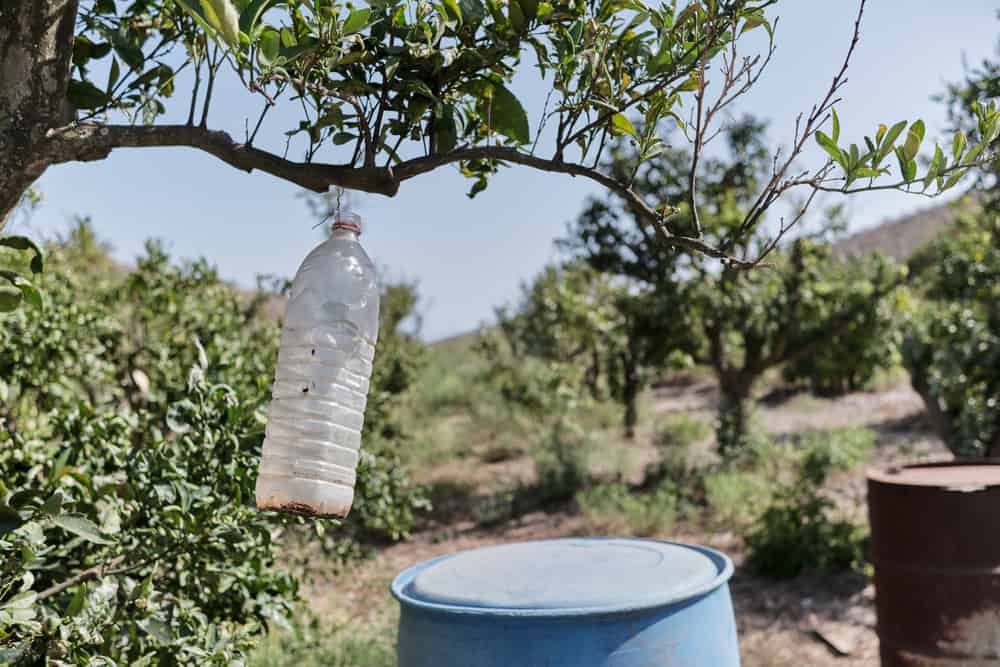
Fruit flies are irritating enough when they’re buzzing around inside your house, but in the garden, they’re even more aggravating.
Fortunately, you can use a clear plastic bottle (ideally one with a narrow mouth) to hold a vast array of ingredients that will attract fruit flies. The fruit flies will get into the bottle easily, but will have a hard time getting out.
Simply poke a tiny hole in either side of the bottle’s neck, thread a thin wire through those holes, then twist the ends together. You can fill the bottle with bait and hang the trap in your fruit trees. Fruit flies will be gone in just a few days!
Some bait ingredients you can use in these sorts of traps include:
- Apple cider vinegar
- Fruit juice
- Wine
- Beer
- Syrup
Mixing one of the items above with a bit of dish soap will make your trap even more effective!
Here are a few more fruit fly pest traps you can try out at home and in your garden.
2. Snail and Slug Pest Trap
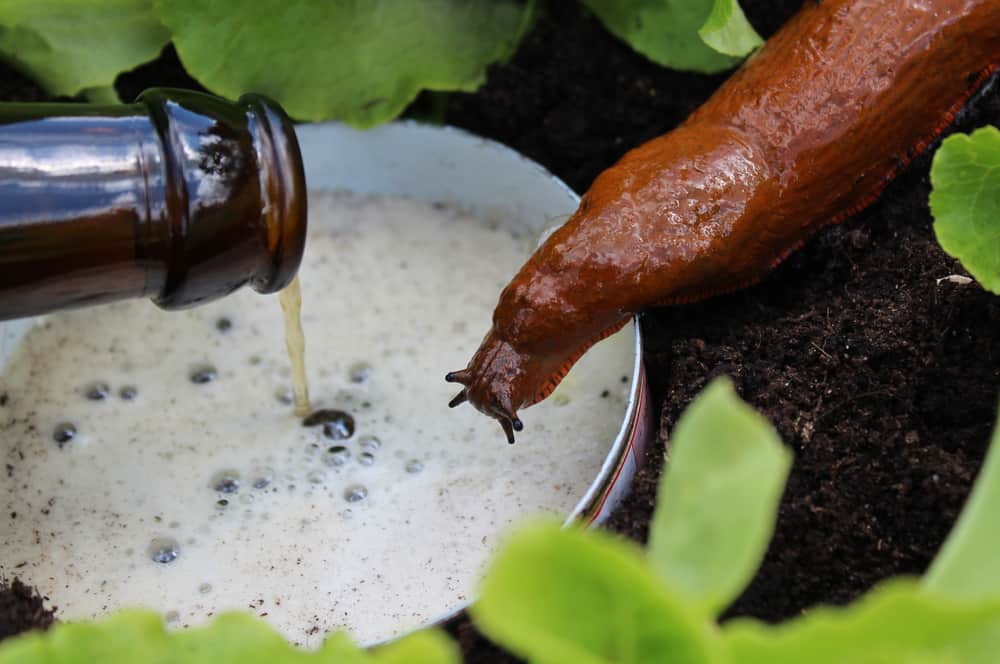
Your kids might love playing with all the snails and slugs they find in the garden, but you? Not so much – especially when you see what they do to your plants.
Here’s a secret about slugs, though – they are drawn to gluten. You can make a beer trap by pouring some stale beer into a shallow dish and placing it in the garden. Add a bit of bread, sugar, or flour to make the trap even more effective.
The slugs and snails should crawl in and will drown, unable to get themselves back out. Brilliant! These traps are most effective when placed among plants like strawberries, lettuce, and other plants that attract slugs, snails, and other crawling pests.
3. Apple Codling Moth Trap
If you’re growing apple trees on your farm, you probably already know how frustrating apple codling moths can be to deal with.
Fortunately, you can get rid of them by hanging deceptive traps in your fruit trees. All you need to do is coat a red- or green-colored tennis ball with some petroleum jelly. Hang it in your trees and the codling moths will be attracted to the ball, thinking it’s a piece of juicy fruit for them to destroy. They’ll get trapped in the sticky substance and you can remove them later on.
4. Aphid Trap
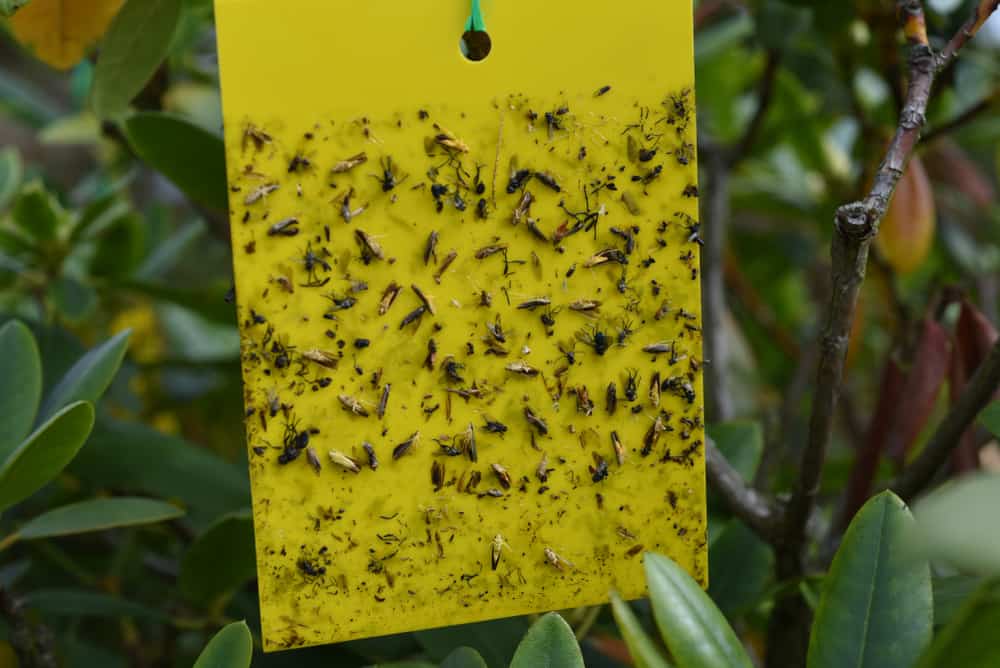
This is a trap that works well on aphids along with other small insects like flea beetles and whiteflies. Make a sticky trap out of a yellow playing card coated with a sticky substance, like syrup or petroleum jelly.
Place the sticky traps among your most vulnerable plants and you’ll get an idea of what kinds of pests are wreaking havoc in your garden. Aphids tend to be the most attracted to the color yellow, as are flies, cucumber beetles, and flea beetles. Thrips, on the other hand, like the color blue.
Once you’ve caught a large number of insects, you can dispose of them by emptying the traps into buckets of soapy water.
5. Silverfish Trap
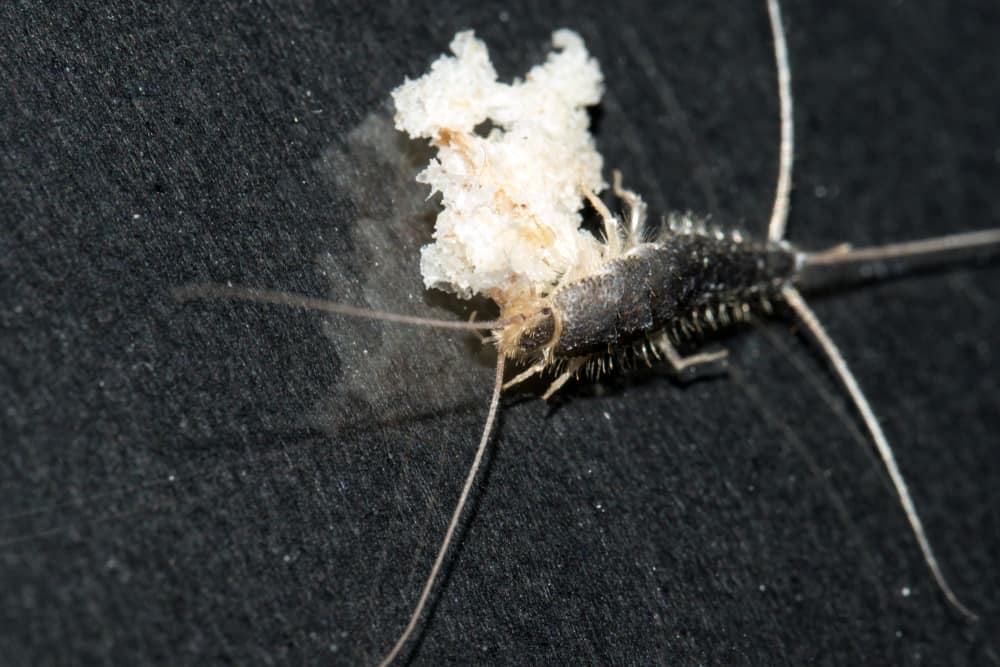
Silverfish don’t typically feed on living plants, choosing instead to eat dead insects or fungi. An overpopulation of them can signal an imbalance of nutrients or organic matter in your garden, however, and if there are too many silverfish, they may target your vulnerable plants.
Fortunately, there are a few ways you can get rid of them. The easiest is to make a natural trap using glue boards or sticky cards. Use some duct tape with the sticky side up on a piece of cardboard, folding it over at each end. Put some bait, like peanut butter, in the center of the card to entice the silverfish to crawl on over.
Cucumber Beetle Trap
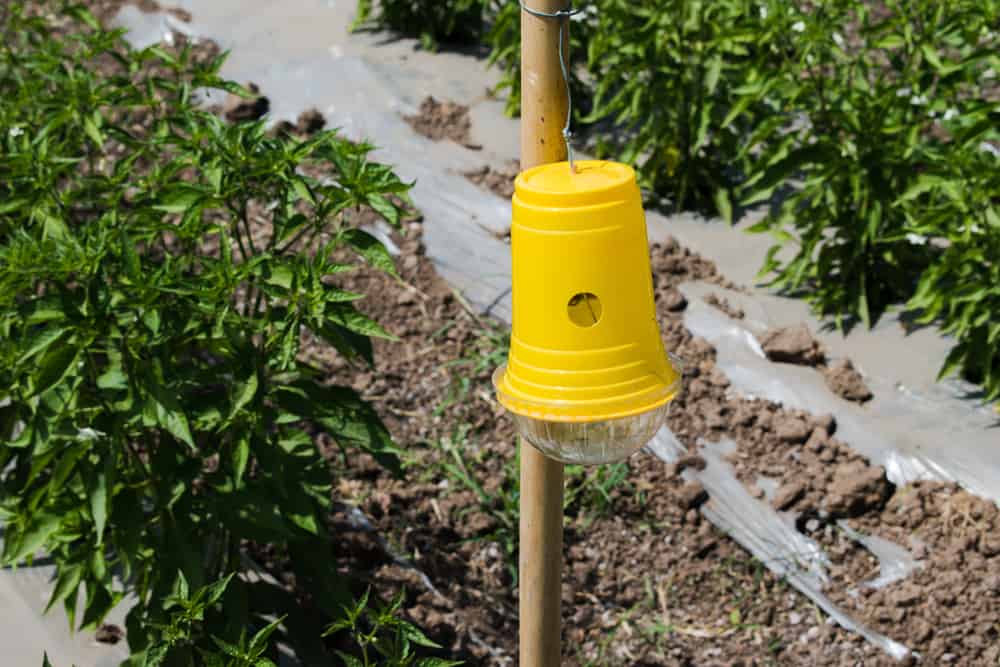
As we mentioned earlier, cucumber beetles love the color yellow. To get rid of these pests, make bottle or jug traps with entry holes that are tailored to the exact size of the cucumber beetle – that way, you don’t have to worry about catching bees or other helpful insects.
You can use a paper hole punch to make tiny holes and add attractants or baits like cucumber peels to lure in unsuspecting cucumber beetles.
You may have to wait for quite some time to see the effects of these traps – monitor them for about a week or two before you move on to something else.
7. Ant Trap
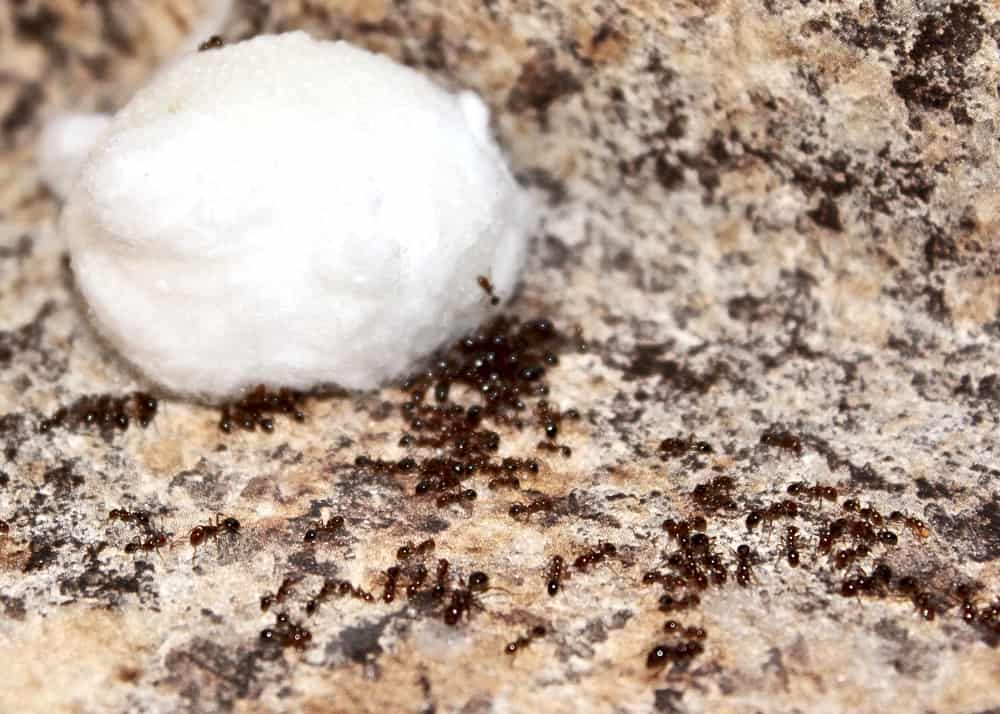
You can mix boric acid with a bit of honey or sugar water and place it in a shallow container in a spot where ants are particularly troublesome in your garden.
This can be an effective way to kill any foraging ants that might be around, but it’s important to note that you should not use this natural pest trap if there are any pets or children around. Boric acid can be toxic.
8. Cutworm Trap
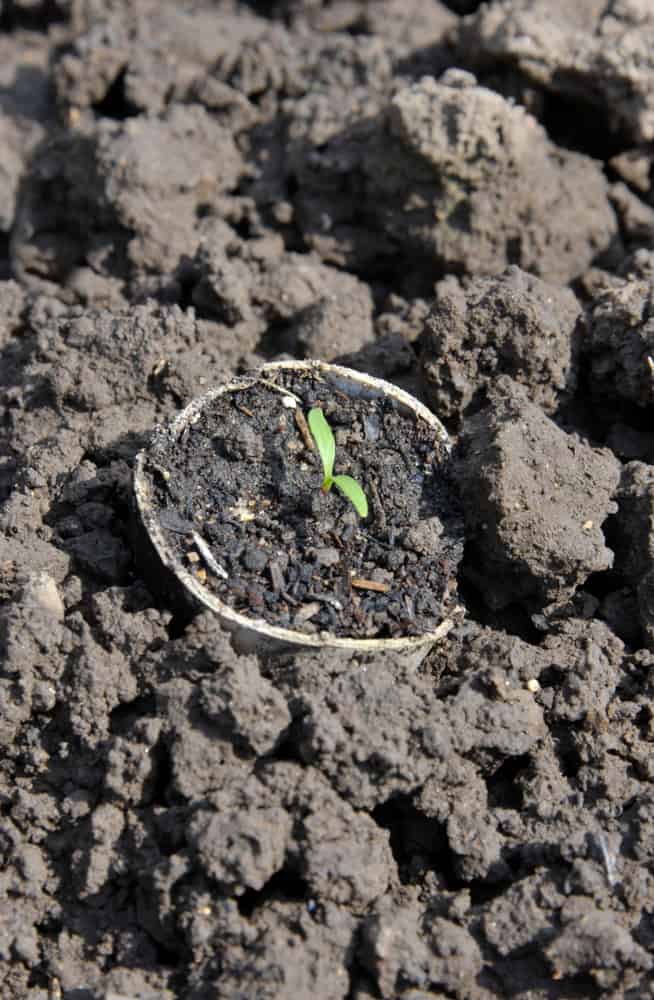
Cutworms are some of the most frustrating pests that we gardeners have to deal with. Technically the larvae of various noctuid moths, these pests chew through stems of young plants, killing them as they cut the plants all the way back to the ground.
Because cutworms hide in the ground during the day, they can be tough to find. However, an easy natural pest trap you can make involves placing a piece of cardboard tube (like an old toilet paper tube) around the stem. Simply press the collar a few inches into the ground and it should keep the seedling safe until it’s a bit larger and less susceptible to predation from cutworms.
9. Caterpillar Trap
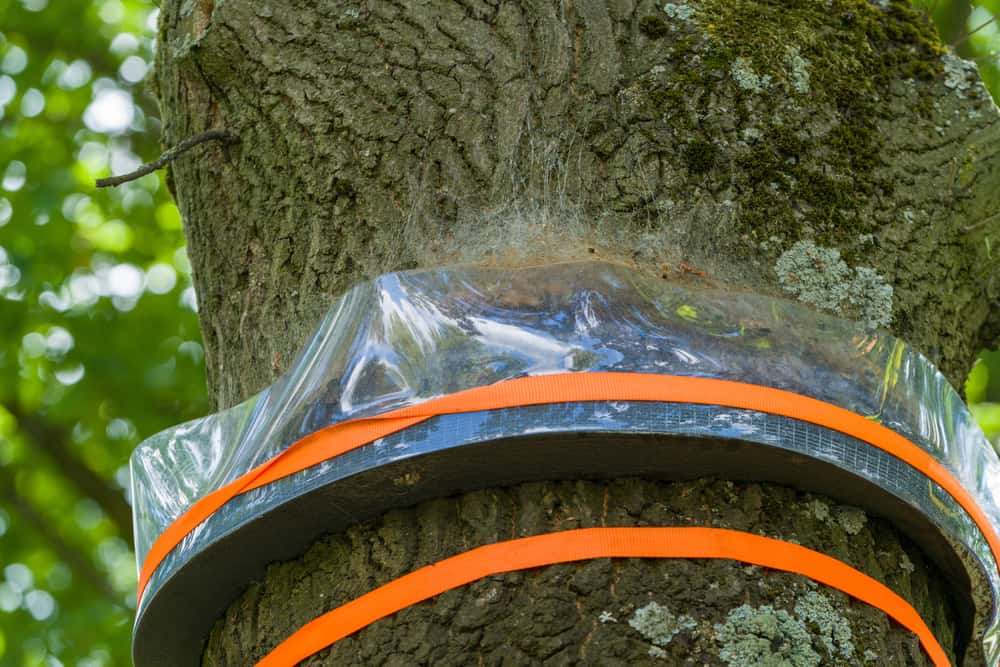
Caterpillars, including those that make tents on trees used for landscaping or for producing fruits and nuts, can wreak serious havoc. The good news is that most of the time, caterpillars only cause aesthetic damage – yet there’s a good chance that you still probably don’t want to have to deal with these pests on your homestead.
You can easily make a caterpillar trap for your trees by tying burlap or bits of cloth around the trunk at chest height. As the caterpillars look for hiding places, they will get trapped inside the fabric. You can make these traps even more effective by folding over the fabric to make a skirt.
These traps don’t kill the caterpillars. You will still need to empty the traps and then dispose of the caterpillars in buckets of soapy water to kill them.
10. Mealybug and Scale Insect Trap
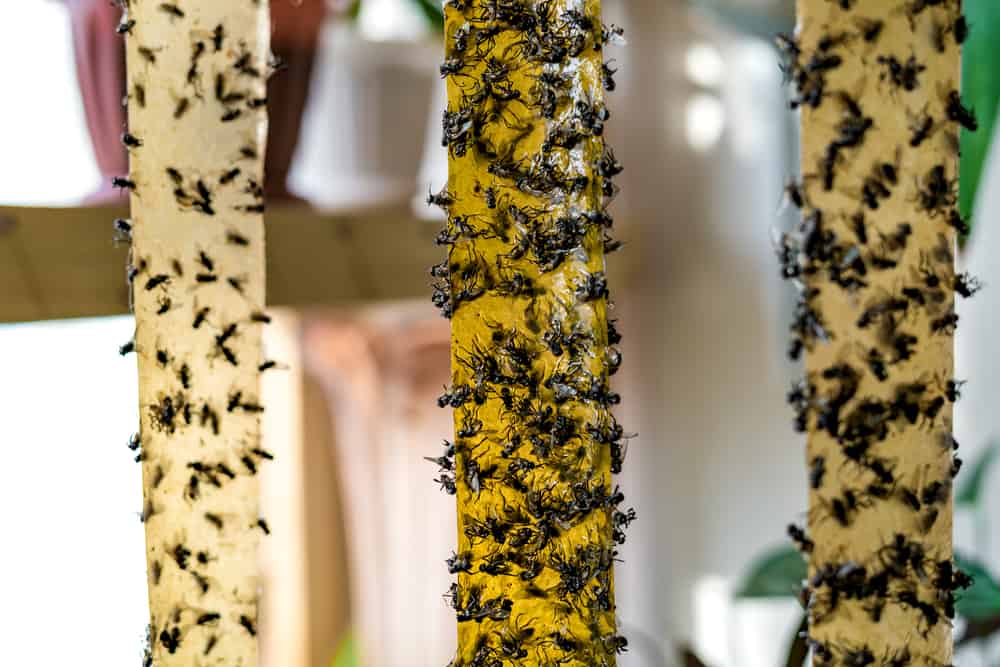
Both scale insects and mealybugs are common pests that can be found on both indoor and outdoor plants. These small to medium-sized insects will go after all kinds of houseplants, ornamental plants, and vegetables. You can make a natural pest trap out of double-sided sticky tape. Although this is more of a monitoring device than anything else, since it will collect the bugs as they move around on your plants, you can then dispose of the tape once it’s filled with insects – thereby getting rid of them, too!
Why Choose Natural Pest Traps?
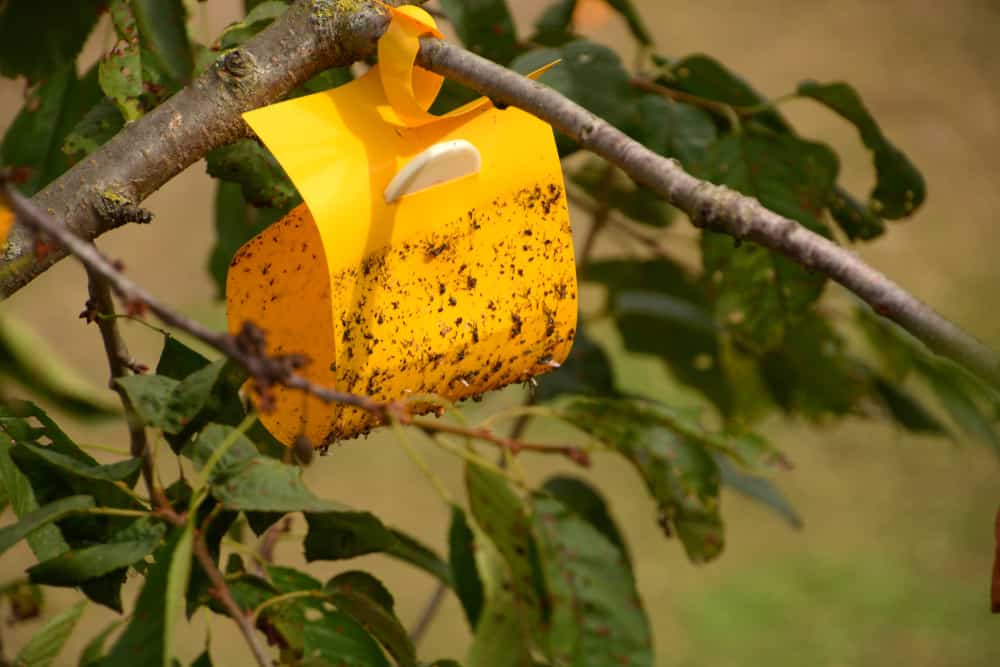
Pests are a gardener’s worst nightmare. Annoying and frustrating, they can quickly take over your plants and ruin all the hard work you put into growing something beautiful for yourself or others.
There are many ways to get rid of pests, but one of my favorite things to do is to make natural pest traps. They’re easy to make and often cost less than store-bought products that claim to do the same thing.
The best thing about these homemade pest traps is that they’re all-natural. These traps are made with materials you already have at home and can also be used indoors or outdoors.
So the next time you’re stuck inside on a rainy day and worrying about all the pests that have been plaguing your garden, use some of your spare time to whip up a batch of these natural pest traps. They’re quick and easy to make! Henry


